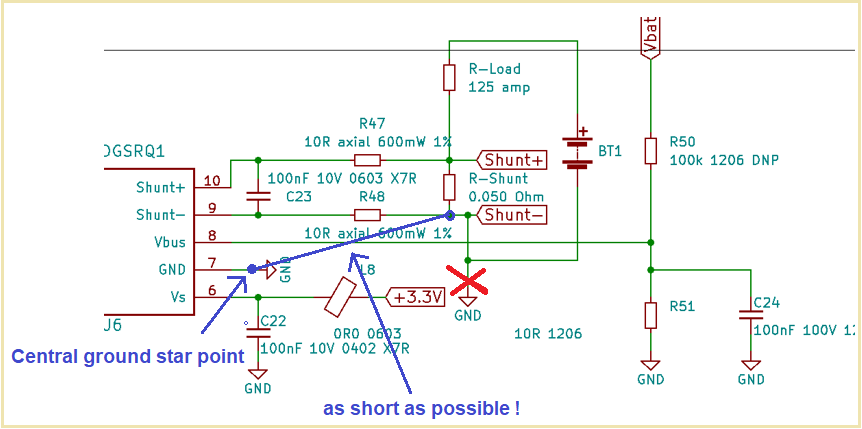This enquiry is about INA220's failing at an alarming rate in the first few weeks of service.
I cannot change the forum.
1st Line support could not help. They asked a lot of questions and I provided all the answers and now they want me to start from scratch again. Luckily I saved some of the correspondence. Please refer to the attached and let me know if you have any further questions.
Thank you
Lukas.


